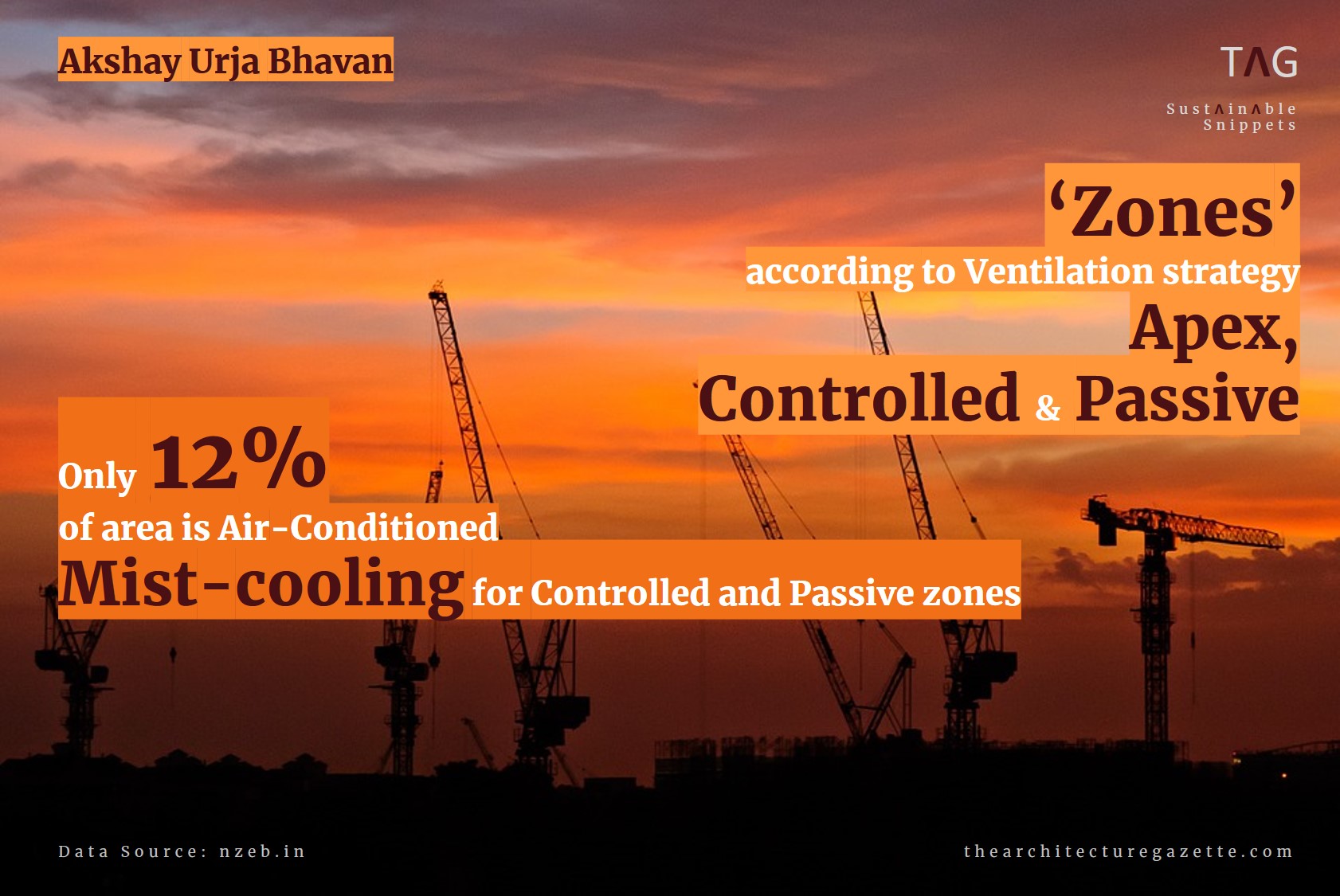Following our case study Article and Video – Drip Irrigation in the City, we received expert response from a Ranchi, India based Civil Engineer, with almost 40 years’ experience.
Based on this discussion, and feedback, this week’s article outlines possible issues that may arise with use of this technology in Residential colonies.

In Case study 1 (original Case Study -Residence A), the Balcony A in question lies adjacent to a plumbing Shaft A, containing supply water pipes to the house. Thus, the plumber can easily provide a water connection (Source for the Drip Irrigation System) from this shaft to the balcony.

However, in Case Study 2 (Alternative Scenario – Residence B), the positioning of shafts is different. The Shaft B in the house (Residence B) is placed far from the Balcony. This makes it difficult to provide a water source for the Drip System.
The Shaft C, which offers a more direct route to Balcony B, contains water supply pipes belonging to another flat (Residence C). Thus, the plumber would be unable to draw a connection from this shaft.
Solution:
Such technology could be Integrated at earlier Design stages in future Residential constructions. Thus, shaft and water supply lines could be planned accordingly, for convenience to Residents and to save Water.
We look forward to more such expert opinions, feedback,
comments. These help us move towards further Sustainable Solutions, for our evolving Built and Urban Environments.



